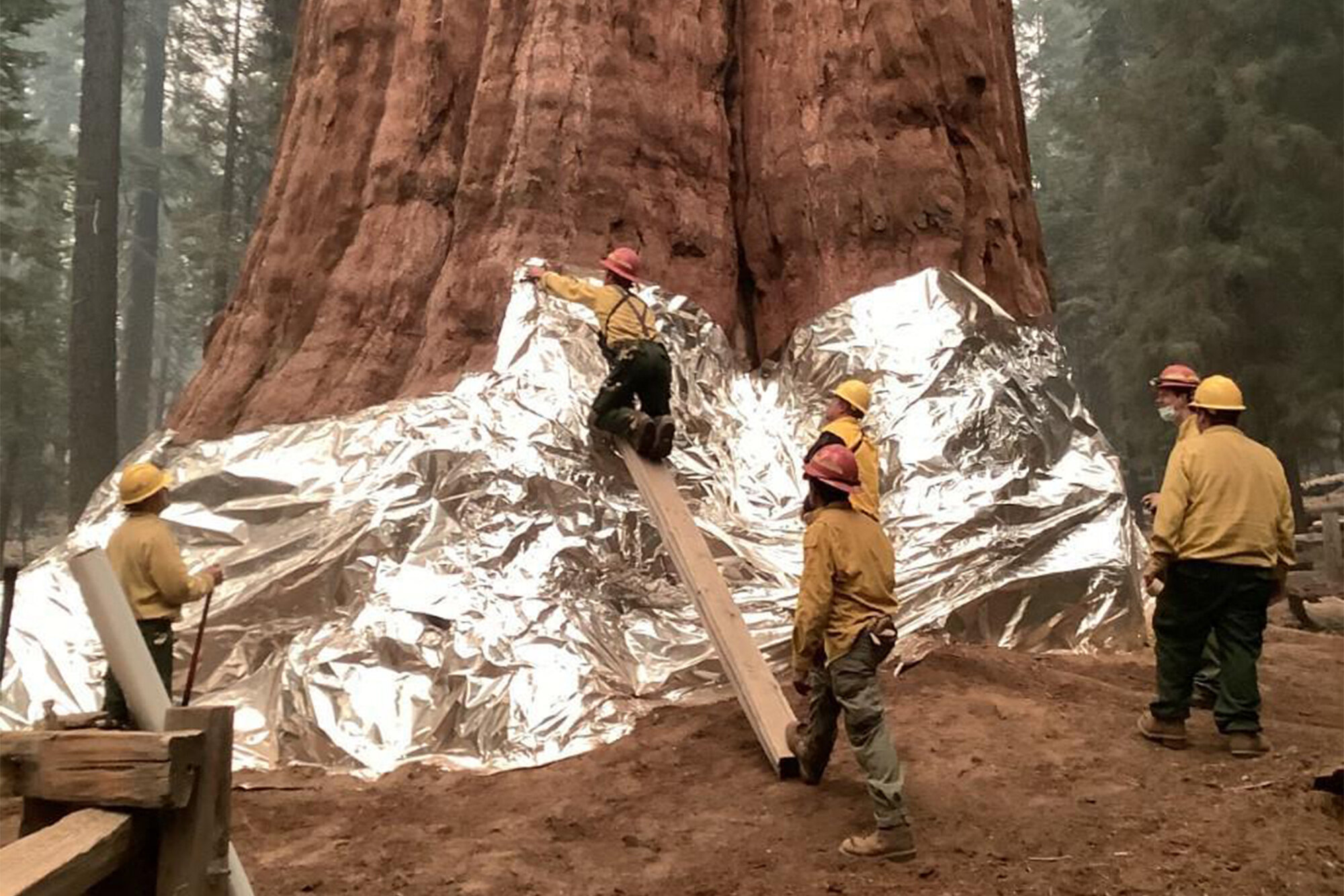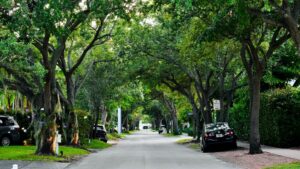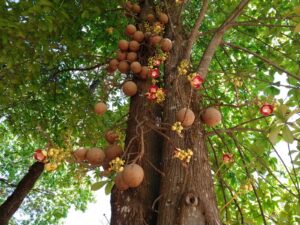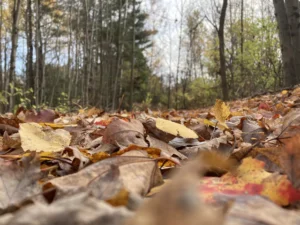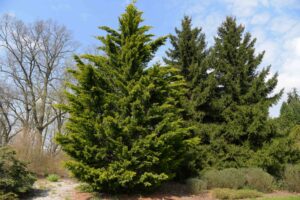Wildfires are an increasingly frequent phenomenon across the United States, particularly in regions like California and the Pacific Northwest. As communities and ecosystems grapple with the aftermath, the role of fire-resistant trees has come into sharp focus. According to Dr. James Agee, professor emeritus of forest ecology at the University of Washington, “The choice of tree species can significantly impact a landscape’s resilience to fire and its recovery trajectory.” Understanding which trees survive and thrive post-wildfire is critical for land management, reforestation, and fire mitigation efforts.
What Makes a Tree Fire-Resistant?
Not all trees are created equal when it comes to surviving wildfires. Fire-resistant trees often have thick bark, high moisture content in their foliage, and the ability to sprout new growth even after damage. These traits help them withstand flames and regenerate after the fire has passed.
For example, Ponderosa pines (Pinus ponderosa) have thick, fire-resistant bark and high branches that protect the canopy from ground-level fires. Similarly, live oaks (Quercus virginiana) are known for their dense wood and regenerative capabilities, making them a favorite for fire-prone areas in the southeastern U.S.
Top Fire-Resistant Tree Species in the U.S.
1. Ponderosa Pine (Pinus ponderosa)
The Ponderosa pine is a quintessential fire-adapted species. Native to the western U.S., this tree’s thick bark insulates its vital cambium layer from heat, and its high canopy reduces the risk of crown fires. Post-fire, its seeds readily germinate in the nutrient-rich ash left behind.
2. Coast Live Oak (Quercus agrifolia)
This oak species, native to California, has evolved in an environment with frequent wildfires. Its thick bark, evergreen leaves, and ability to re-sprout make it a reliable survivor in fire-prone regions. Additionally, its deep root system helps it access water during dry spells, enhancing its resilience.
3. Douglas Fir (Pseudotsuga menziesii)
Douglas firs are not only economically valuable but also remarkably fire-resistant. While younger trees are more susceptible, mature Douglas firs possess thick bark and self-pruning capabilities, reducing fuel for ground fires.
4. Sequoia (Sequoiadendron giganteum)
The giant sequoia is an emblem of resilience. These towering trees have bark up to 12 inches thick, acting as a natural fire shield. Moreover, fire helps release their seeds, ensuring their propagation and the continuation of these ancient giants.
5. Manzanita (Arctostaphylos spp.)
While not a tree, manzanita shrubs deserve mention for their role in fire-resilient landscapes. Their leathery leaves and ability to regenerate from roots make them a common sight in fire-prone ecosystems.
How Fire-Resistant Trees Support Ecosystem Recovery
Fire-resistant trees play a pivotal role in post-wildfire ecosystem recovery. By surviving the flames, they provide immediate shelter and food for wildlife. For instance, the seeds of Ponderosa pines feed birds and rodents, while oaks support a variety of insects and mammals.
Moreover, these trees stabilize soil, reducing erosion risks during the rainy season. Their shade also helps regulate soil temperatures, creating favorable conditions for understory vegetation to regrow. This domino effect is crucial for restoring biodiversity and ecosystem balance.
Planting Fire-Resistant Trees: Tips for Landowners
For homeowners and landowners in fire-prone areas, integrating fire-resistant trees into landscaping can mitigate fire risks and enhance property safety. Here are some tips:
- Choose Native Species: Native trees are better adapted to local climates and are often more fire-resistant.
- Maintain Defensible Space: Keep a 30-foot buffer zone around homes free of flammable vegetation. Plant fire-resistant trees at safe distances to reduce risk.
- Prune and Clear Debris: Regularly remove dead branches, leaves, and other combustible materials from around trees.
- Hydrate Trees: Ensure trees are well-watered, as dehydrated foliage is more flammable.
The Role of Fire-Resistant Trees in Climate Change Mitigation
As wildfires grow in intensity due to climate change, fire-resistant trees are emerging as a natural ally in combating this crisis. They act as carbon sinks, sequestering CO2 even in fire-prone areas. For example, a mature Douglas fir can store up to 48 pounds of carbon dioxide per year. By strategically planting and preserving fire-resistant species, land managers can reduce wildfire severity and enhance carbon storage.
Looking Forward: The Future of Fire-Resistant Landscapes
The increasing prevalence of wildfires underscores the need for proactive measures in forestry and landscaping. Research and innovation, like those conducted by institutions such as the USDA Forest Service, highlight the importance of integrating fire-resistant species into reforestation and urban planning efforts.
Dr. Susan Prichard, a fire ecologist at the University of Washington, emphasizes, “Fire-resistant trees are not a silver bullet but an essential tool in creating resilient landscapes that can endure and recover from fire disturbances.”
By understanding the role of fire-resistant trees and incorporating them into our landscapes, we can mitigate wildfire damage and foster ecosystems that thrive in the face of adversity.
References:
- Agee, James K. (University of Washington). “Fire Ecology in Western Forests.”
- Prichard, Susan (University of Washington). “Resilient Landscapes and Wildfire Mitigation.”
- USDA Forest Service. “Fire-Resistant Tree Species for Reforestation.”
